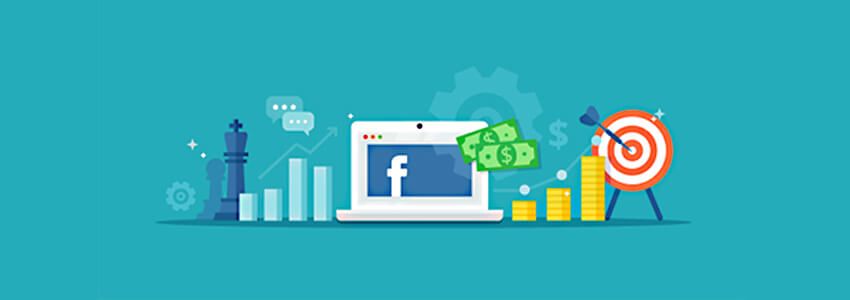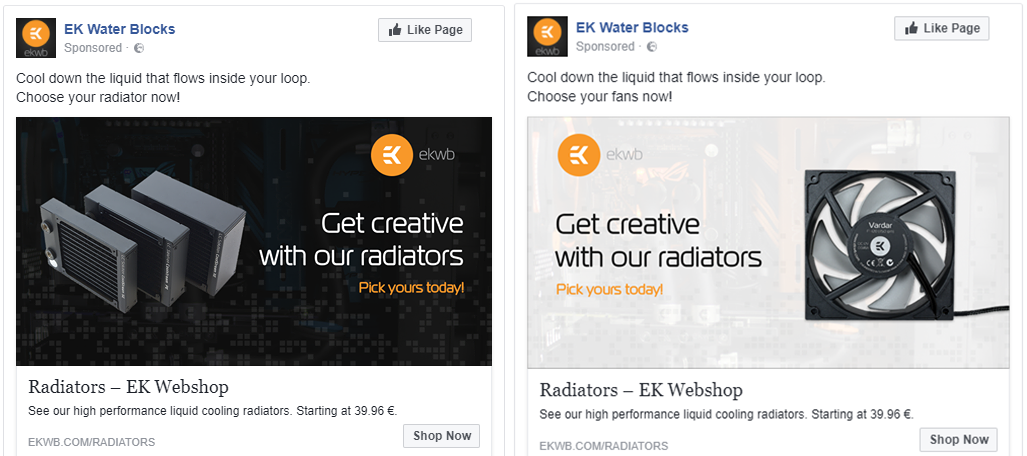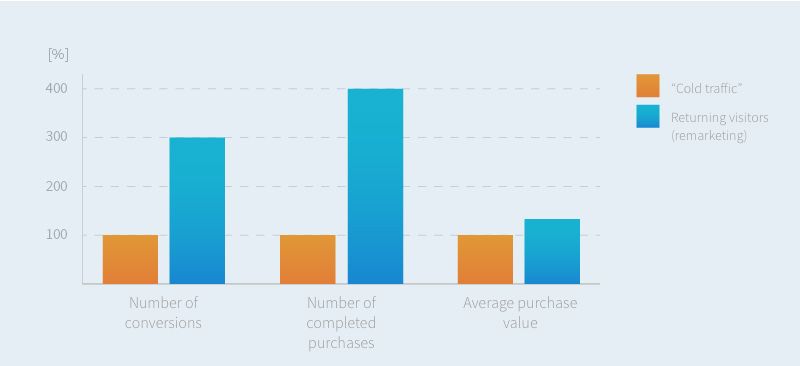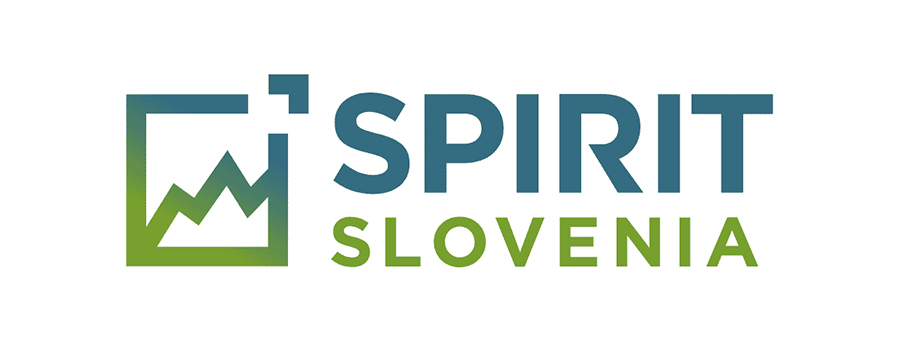Imagine having a website that gets tens of thousands of visitors every day. Depending on the type of product you’re offering, the purchase process can be somewhat longer and there isn’t a lot of people who are willing to buy something at their first visit.

What does that mean for you? All the hard work you put into getting “cold traffic” to your website could be wasted if you don’t address these visitors at a later point.
In order to protect our client’s data, we won’t mention actual amounts, but we will present the project and explain how we managed to invest a 3-digit amount and get back 89 times more with Facebook remarketing!
The campaign was carried out for one of our oldest and most valued customers EKWB, d.o.o. EKWB is an international company, based in Slovenia, dealing with the development and production of water cooling technologies for computers. Since their humble beginnings in 1999 they managed to become the leading company in their field worldwide. They offer a wide specter of water cooling products to enthusiastic computer assemblers or gamers; from water blocks and radiators to sets of assembled solutions.
The client’s problem and the proposed solution
Our client’s main problem was the length of the purchase process. Even though the website daily records several purchases and even though their amounts are far from modest, we noticed that a high amount of visitors views a product but doesn’t complete the purchase. We decided to try and convince these visitors using remarketing.
Seeing how the company EKWB has always invested in building a gaming community on Facebook, where it offers them useful content, this channel was more than an obvious choice. The company wished to highlight four main product categories: Kits, Radiators, AIO (Predator) and Fittings. EKWB also runs a blog where they post content connected with the above mentioned categories, which helped us create precisely defined target groups.
→ Targeting
With the help of Facebook pixel we created multiple groups of people who visited subpages that mentioned our remarketing products:
- Individual category views (e.g. Kits),
- Views of individual blog articles, connected with the categories (e.g. Fittings and tubing guide),
- Video views (more than 50 % of the video Predator 360 AIO kit).
However, a remarketing campaign doesn’t only revolve around who we include in our target but also around who we exclude in our targeting. Since we didn’t want the ads showing to people who already completed a purchase, it was crucial to exclude everyone who completed a purchase in the last 180 days. In our campaign we didn’t include any particular locations, since we were targeting people who already know the company and its website – and they can be found all over the world.
→ Preparing ads
Using the words “today” and “now” we evoked the urgency of completing the purchase as soon as possible.
Creatives: We prepared two different ads for each product category; the ads differing in their creative. This helped us get an insight into which color variants work better with the selected target group.
CTA: With the ad copy we wished to emphasize the use or the purpose of the product and to encourage a purchase by using the words “today” and “now” – we wanted to evoke the urgency of completing the purchase as soon as possible. We also included all the necessary elements that clearly defined what we are advertising and therefore avoided misleading our potential customers.
Price: We added the product’s price range in the product description (from x € onwards), since individual products inside the category have different prices.
→ Monitoring efficiency
The statistics of Facebook ads were gathered in the Facebook Business Manager interface and, for a more precise data measuring, we simultaneously used Google Analytics, where we used UTM tags for all links used in the campaigns.
This let us monitor all other results, related with all the events on the website (e.g. bounce rate, number of pages per session, etc.). Both tools enabled us a precise record of statistics that are of key importance when monitoring the efficiency of ads – both with individual placements and the ad creatives.
Campaign results
The campaign was active for one month. With our Facebook remarketing we achieved:
- 1546 returns to the e-commerce store and 137 online purchases,
- average value of one purchase amounted to more than a half of the invested budget,
- 269 new followers on their Facebook page through the campaign.
What we were most excited about is undoubtedly successfully achieving the goal we set before the start of the campaign – to achieve the highest possible number of purchases. Would you like to know what we got for our 3-digit investment in the media buying?
The final revenue was a 5-digit number, which, in our case, meant almost a 9000% return on investment in advertising.
And those are definitely some number worth talking about. We’re positive no one would mind seeing those numbers in their bank account. :)
Key points
These results are albeit an outstanding side product of a one-month remarketing campaign, but the company gained a lot more. Besides the additional income, the number of followers on Facebook increased; people visit their Facebook page for advice, information about new products and so on.
The campaign further demonstrated the importance of the investment in re-engaging with potential customers – the visitors who come back have much better responses than new visitors.
In this particular example we’ve proven that visitors who come back, in comparison with the so-called cold traffic, guarantee:
- a 200% higher level of conversion,
- a 300% higher number of purchases,
- a 22% higher value of individual purchases than new visitors.
You need a well-designed e-commerce store
The company EKWB may offer quality and innovative products – but it offers them in an e-commerce store with a great user experience and design. All this is reflected in a high number of successful daily orders. Even the best ads won’t work if people don’t want to buy the product or won’t know where to find and order it. At the end, it is the usefulness of the product that convinces the customer and of course a well-functioning e-commerce store.
Have we convinced you? Stop by for a cup of coffee so we can create a successful story together.






